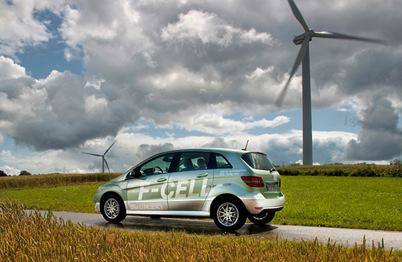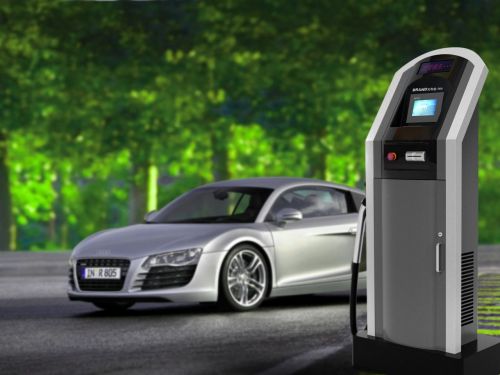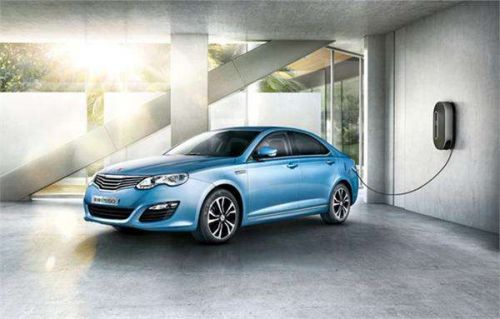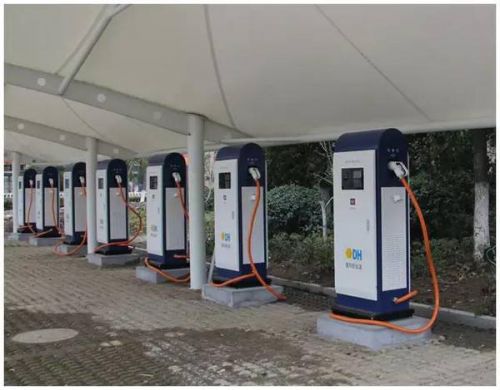In China, the growth of new energy vehicle (NEV) companies is closely tied to government subsidies. However, with subsidy standards gradually decreasing, the financial pressure on these companies has increased significantly. Even industry leader BYD, which has been successful in the domestic NEV market, is now facing challenges. Let’s take a closer look at this issue with our automotive electronics editor.

**New Energy Vehicle Subsidies Reduce Business Pressure**
This year, the domestic NEV market experienced a downturn. During the policy window period, sales of new energy passenger vehicles dropped sharply in January, reaching only 540,000 units—a 61% decrease compared to the previous year. BYD's monthly sales also fell to just 605 units. However, as the subsidy policy was implemented and the product catalog was updated, sales began to recover. Despite this, the reduction in subsidies still affected overall growth.
Since 2014, annual sales of domestic NEVs have doubled each year. But from 2016 onward, the growth rate slowed down significantly. In 2022, total sales reached 507,000 units, an increase of 53% year-on-year. However, in the first half of this year, sales were only 195,000 units, up 14.4% compared to the same period last year. The market share of NEVs did not grow, dropping from 1.8% to 1.5%.
Making profits from electric vehicles is no easy task. While traditional automakers like Toyota, Volkswagen, and General Motors have made significant profits, many companies struggle to turn a profit in the EV space. This is one of the reasons why major international automakers are cautious about entering the Chinese EV market. Even Tesla, despite its global success, has yet to achieve consistent profitability.
Some joint-venture brands that have launched plug-in hybrid models report increasing losses due to high costs and low sales volumes. In contrast, independent brands have gained ground in the NEV sector thanks to government support. In the first half of this year, the top ten NEV sellers in China were all independent brands, with BYD continuing to lead the market.

**New Energy Vehicle Subsidies Reduce Business Pressure**
BYD has been the world’s leading NEV seller for two consecutive years, from 2015 to 2016. Although it hasn’t disclosed specific profitability figures for its NEV segment, it is widely believed that BYD benefits the most from government subsidies. Analysts suggest that BYD has better profitability in the NEV sector than many of its competitors.
According to a 2015 report by Qunyi Securities (Hong Kong), the gross margin for BYD’s NEVs was around 20%, with operating costs between 12% and 15%. The net profit margin was approximately 5% to 10%. In 2014, BYD achieved profitability in its NEV business. After 2015, with a significant increase in battery capacity, its performance exceeded expectations.
From 2015 to 2016, as NEV sales grew rapidly, BYD’s net profit attributable to shareholders of listed companies surged. In 2015, it was 2.82 billion yuan, and in 2016, it rose to 5.05 billion yuan—growing by 551.3% and 78.9%, respectively.
However, this year, the new subsidy standards have led to a sharp decline in support. For passenger cars, the subsidy decreased by 20% compared to 2016, while fast-charged pure electric buses saw a 60% drop. Additionally, the subsidy allocation method changed from initial allocation to year-end settlement. Vehicles purchased by non-private users must exceed 30,000 kilometers to qualify for subsidies. Local governments are also limited to providing no more than 50% of the central government subsidy.

**New Energy Vehicle Subsidies Reduce Business Pressure**
BYD was significantly affected by the policy changes this year. Its NEV sales and net profit both declined. In the first half of 2023, BYD’s net profit attributable to shareholders of listed companies was 1.72 billion yuan, a 23.8% decrease year-on-year.
According to insiders, after the national subsidy was reduced, the subsidy for plug-in hybrid vehicles dropped from 24,000 yuan to 12,000 yuan. Many local governments no longer offer the full 12,000 yuan subsidy. To maintain price competitiveness, BYD decided to cover the difference for consumers.

**New Energy Vehicle Subsidies Reduce Business Pressure**
It has been reported that some NEV manufacturers are passing the burden of reduced subsidies onto their battery suppliers. Unlike other companies, BYD has its own battery production, so it can absorb the impact internally.
Overall, the reduction in NEV subsidies has created significant pressure on the industry. While some companies are struggling, others are adapting and finding ways to stay competitive. As the market evolves, the role of government support will continue to shape the future of new energy vehicles in China.
Stay tuned for more updates on automotive electronics and the latest developments in the NEV industry.
Sowell Electric CO., LTD. , https://www.sowellsolar.com